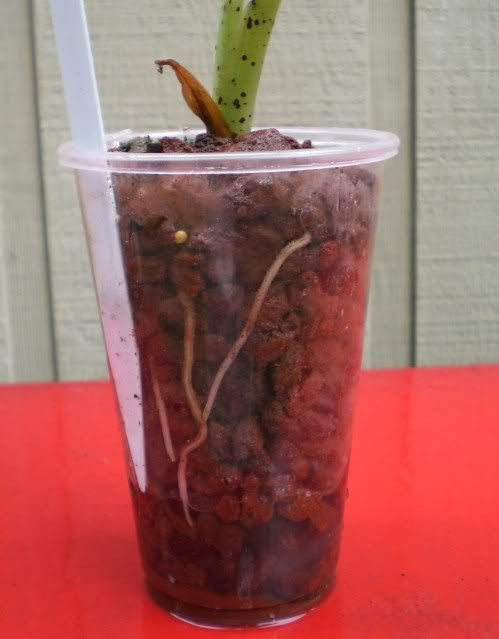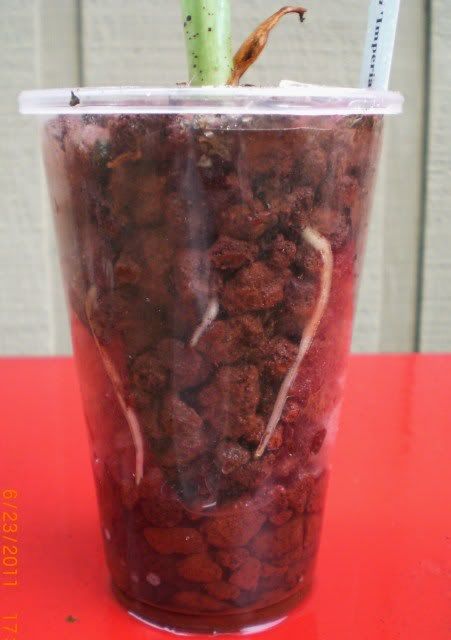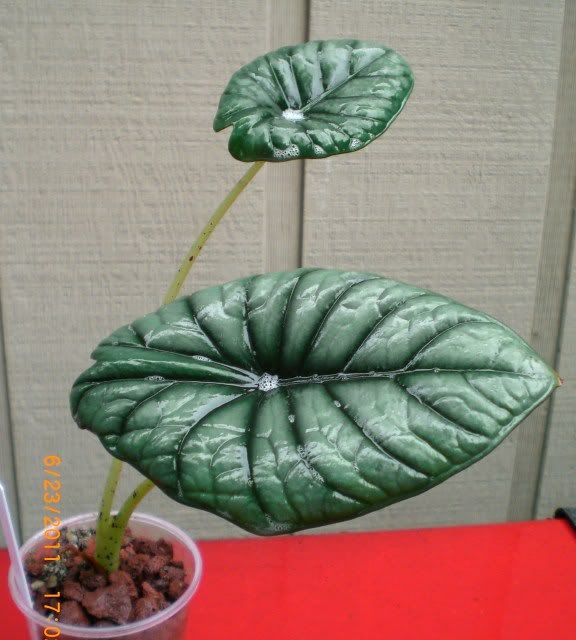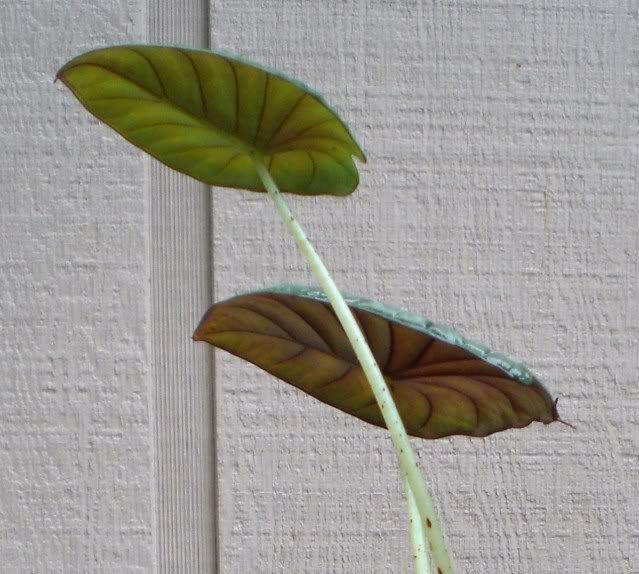E
Eric Muehlbauer
Guest
I tried several phrags...all hybrids, but 1 bessea, in SH. In the end, all died or did poorly except for Mt Fallu, which has been repotted into a 1 gal pot. This one thrives in SH.





I'm a pretty bad "orchid dad", as I go through spurts of inattention and spurts of smothering my plants.
I bartered a bunch of pots for an assortment of phrag seedlings from Orchid Babies a few years ago, potted them all into 3.5" S/H pots and basically ignored them. Yeah, they got watered when everything else did, but if the went dry faster, then Oops! they stayed dry for a while. Some of those pots display quite a deposit on the top of the medium as a result. Yet the plants are growing nicely - some have bloomed - and are leaping for the sky. (Many have been moved up in pot size recently, and as I have become "rekindled" in my interest in slippers, they are getting better care now.
Like Geff, there are a lot of besseae hybrids in that group, but I have done well with the straight species, as well. I have not had issues with any phrag I've ever put into S/H.
My paphs, however, make the phrags look like wooses. I usually move them into s/h just after blooming (although they don't seem to care when you do so), and that very next growth is typically good, but not anything significantly different from the prior, "traditional-culture" growth. Subsequent years are a whole different story, and I typically see the new growths being 50%-100% larger than they had been, and get a greater number of new growth per cycle.
I suppose I could take some shots of current plants, but have nothing to compare them to, as I didn't take and plant photos earlier. I just might have to do that in the future.Ray, I'd love to see pix of your paphs and phrags in S/H, since you are the source for much of our info (along with Ernie!). Do you have any that show the results of the transplant growth you mention?
Definitely refreshing! I'm quite certain the 55 degree winter nights in the GH was my downfall when it came to success with S/H. The second alocasia plug, reginula 'Black Velvet' is not showing roots thru like this one but after knocking the pot over it was one way to find out!Rose, Lookin' good! Isn't such fast growth refreshing?Alocasias are pretty constant feeders when it's warm, be sure to fert weakly weekly with them consistently. Slow release stuff works too, ~1/2 tsp for each of those cups should keep them going gangbusters.
Enter your email address to join: